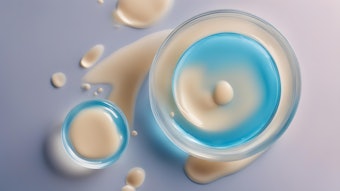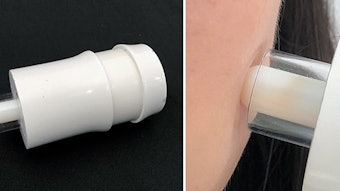
New research published in Colloids and Surfaces A: Physicochemical and Engineering Aspects studied how surfactant structures and compositions can affect the partitioning of hydrophobic fragrance molecules. Specifically, the partition coefficient between water and micellar phases was found to be directly proportional to the octanol-water partition coefficient of fragrance molecules.
According to the article abstract, in test systems, the authors replaced the main surfactant, sodium laureth sulfate, with low- and high-molecular weight co-surfactants. When they did, a fraction of the fragrance molecules shifted toward the water phase due to the changes in the hydrophobic environment caused by the co-surfactants.
A micellar affinity factor was thus defined and free energy differences were calculated. Interestingly, a variation in micellar affinity up to a factor of 10 was observed between different surfactant systems and mixtures, significantly affecting the portions of fragrance molecules in micellar and water phases.
This shift of fragrance toward the water phase and subsequent concentration increase in the gas phase was experimentally confirmed. The authors concluded the surfactant selection has a direct consequence on the concentration of volatiles in both the gas phase and the final perceived fragrance intensity.










